Results
-
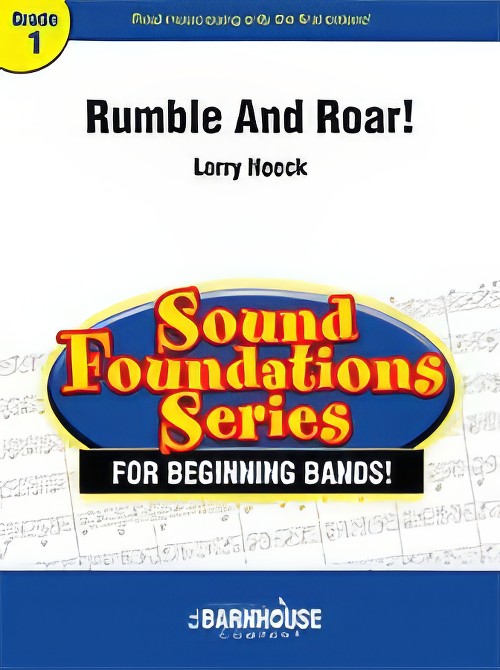 £45.00
£45.00Rumble and Roar! (Concert Band - Score and Parts) - Neeck, Larry
Get ready to "Rumble and Roar!" This fun and unique piece features your band's "beasts" - trombones, baritones, tubas, bass clarinets, tenor, and bari sax - in a fun, easy, and full-sounding original work. Putting the bottom of the band out front, this music builds technique and enthusiasm in the sections that don't always get a chance to shine. The colorful interplay with the rest of the band allows everyone to be part of the action, while the solid rock groove will captivate students and audience alike. Duration: 2.00
Estimated dispatch 7-14 working days
-
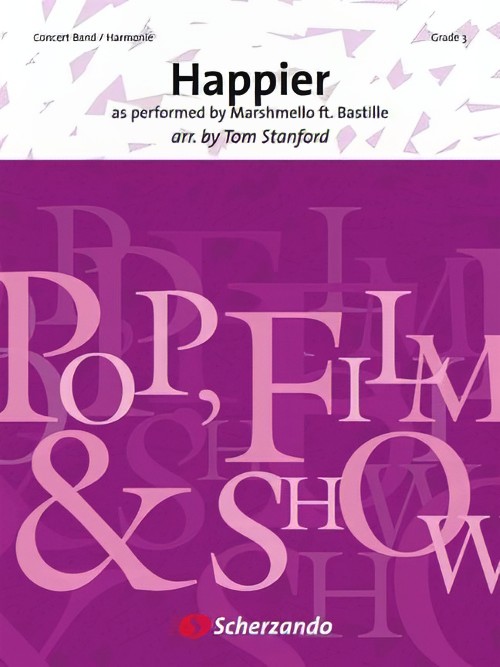 £84.99
£84.99Happier (Concert Band - Score and Parts) - Stanford, Tom
Happier is without doubt one of the best feel good songs of recent times. Tom Stanford has created a cheerful and easy playable arrangement which will fit into any concert programme.Duration: 3.45
Estimated dispatch 7-14 working days
-
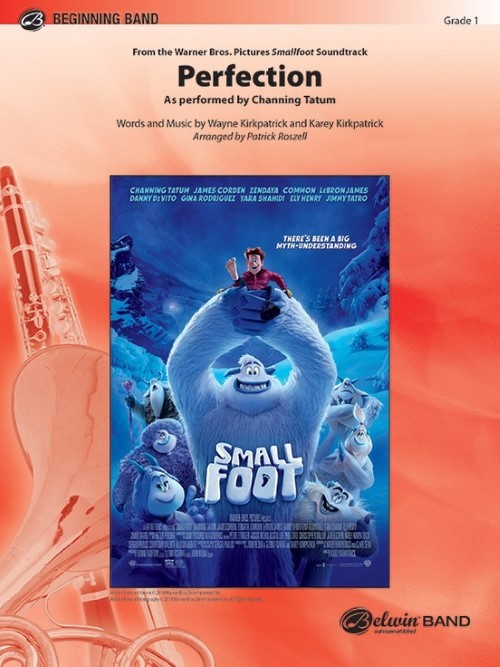 £61.00
£61.00Perfection (Concert Band - Score and Parts) - Kirkpatrick & Kirkpatrick - Roszell, Patrick
Migo voiced by Channing Tatum confidently shares his positive outlook on life in the Warner Bros. animated movie Smallfoot. Expose your students to easy syncopations with this fun arrangement of the energetic song. This upbeat tune is both charismatic and memorable!Duration: 1.30
Estimated dispatch 7-14 working days
-
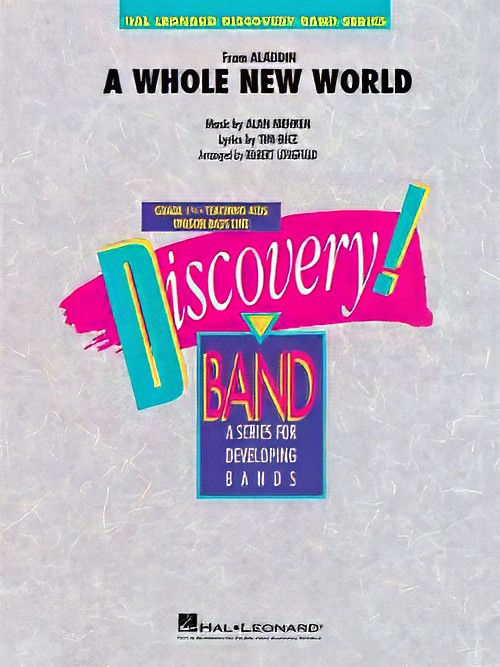 £42.50
£42.50A Whole New World (from Aladdin) (Concert Band - Score and Parts) - Menken & Rice - Longfield, Robert
Scored with very modest ranges and easy rhythms, this classic song from Disney's Aladdin is skilfully arranged here for second year players. Sure to sound great with minimal rehearsal time.
Estimated dispatch 7-14 working days
-
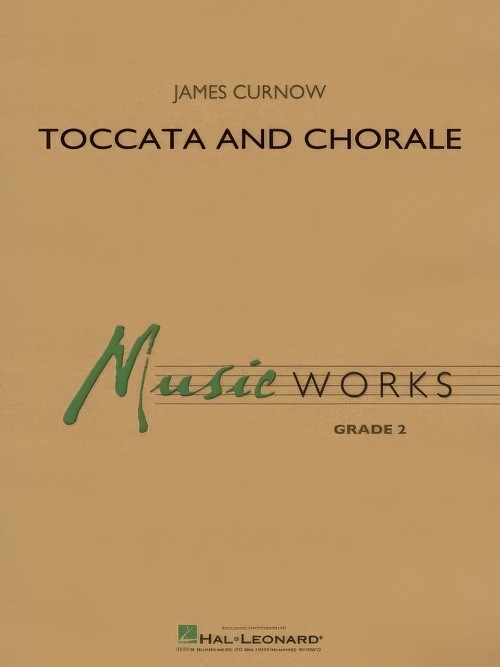 £57.50
£57.50Toccata and Chorale (Concert Band - Score and Parts) - Curnow, James
Written in a sophisticated and dynamic style, this work from James Curnow is more impressive sounding than the easy grade level would indicate. Opening with a rhythmic and intense toccata, this theme is contrasted with a sustained and lyric chorale section. Both themes are combined at the end for a powerful and rewarding finish.
Estimated dispatch 7-14 working days
-
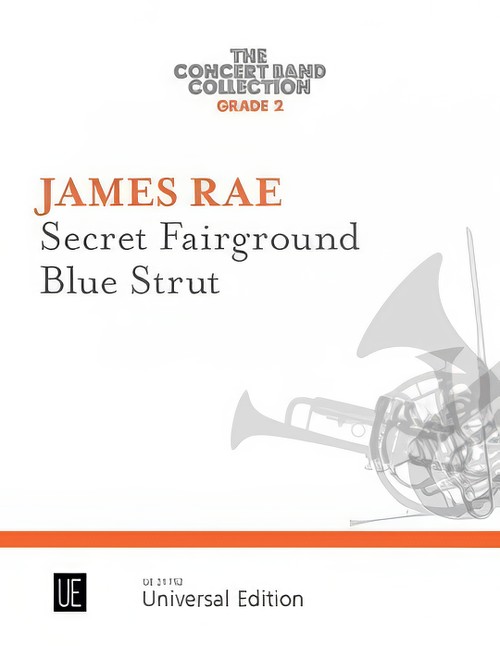 £46.50
£46.50Secret Fairground & Blue Strut (Concert Band - Score and Parts) - Rae, James
James Rae is the man who put fun into woodwind and brass teaching. His many compositions, especially in the jazz and blues idioms, have often featured on examination syllabuses. Recent years have seen his publications of easy flexible ensembles for younger players and now he turns his attention to the wind band. In this series "The Concert Band Collection", he has written exciting new pieces for the standard concert band line up. Attention is given to each instrument so that the technical and musical requirements do not exceed UK Grade 2.5. An optional piano part will provide "stuffing" and moral support for the young players who will quickly enjoy James' catchy and imaginative music. Each volume contains two titles. This one includes the haunting and nostalgic waltz "Secret Fairground" and a dynamic masterpiece called "Blue Strut".
Estimated dispatch 7-14 working days
-
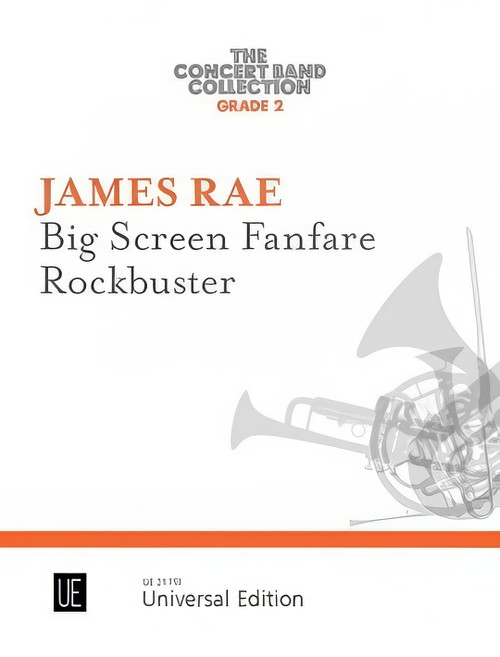 £44.95
£44.95Big Screen Fanfare & Rockbuster (Concert Band - Score and Parts) - Rae, James
James Rae is the man who put fun into woodwind and brass teaching. His many compositions, especially in the jazz and blues idioms, have often featured on examination syllabuses. Recent years have seen his publications of easy flexible ensembles for younger players and now he turns his attention to the wind band. In this series "The Concert Band Collection", he has written exciting new pieces for the standard concert band line up. Attention is given to each instrument so that the technical and musical requirements do not exceed UK Grade 2.5. An optional piano part will provide "stuffing" and moral support for the young players who will quickly enjoy James' catchy and imaginative music. Each volume contains two titles. This one includes "Big Screen Fanfare", a fanfare in the style of a Hollywood movie theme and the cool "Rockbuster".
Estimated dispatch 7-14 working days
-
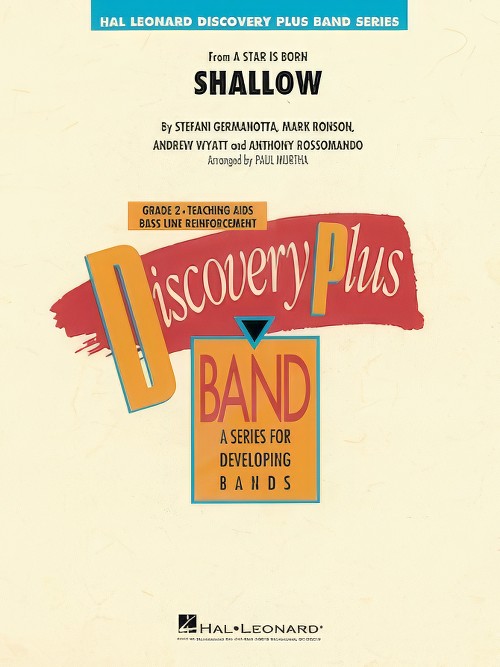 £53.50
£53.50Shallow (from A Star is Born) (Concert Band - Score and Parts) - Murtha, Paul
From the movie A Star Is Born, here is an easy arrangement of the breakout hit by Lady Gaga and Bradley Cooper. Using a nice variety of scoring textures this arrangement starts gently with a flute solo on the melody, followed by the horns and saxes, a brief trumpet solo, and finally the entire ensemble. Beautifully done for young players.
Estimated dispatch 7-14 working days
-
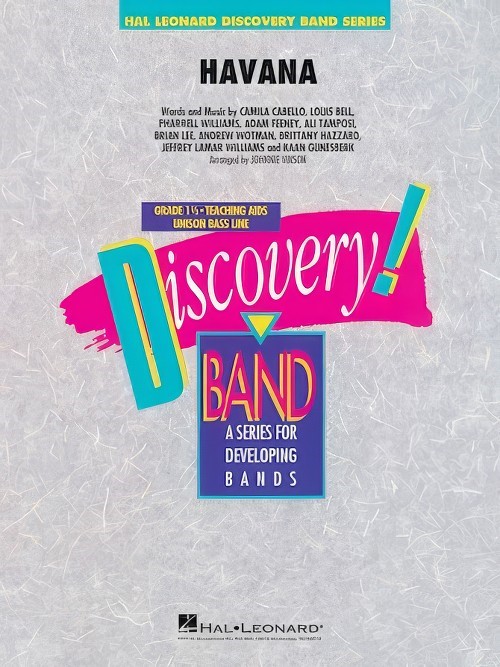 £42.50
£42.50Havana (Concert Band - Score and Parts) - Vinson, Johnnie
Camila Cabello's huge hit rocketed to the top of the charts with its infectious and steamy Latin style. Johnnie's easy arrangement passes the melody around to all sections of the band and features an important role for the percussion section.
Estimated dispatch 7-14 working days
-
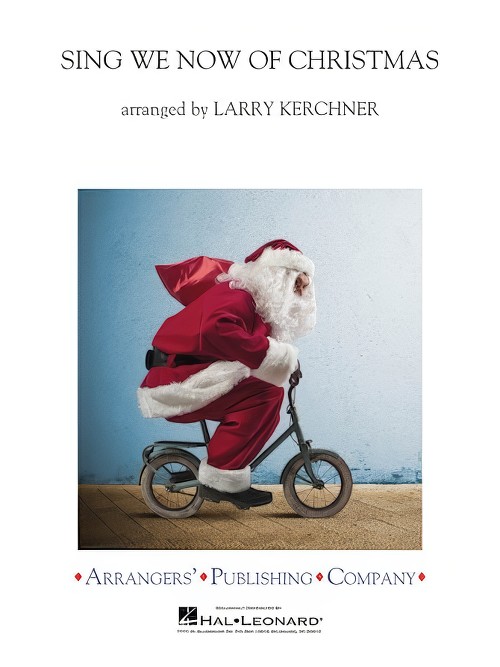 £64.99
£64.99Sing We Now of Christmas (Concert Band - Score and Parts) - Kerchner, Larry
From the reflective opening statement to the bold conclusion, this enchanting holiday arrangement captures a wide range of emotions and musical styles, as this timeless melody is performed by various instrumental groupings, with each passage uniquely developed and stylized in a contrasting and interesting fashion. Seamless transitions, quoting familiar Christmas carols, bind the different passages together, all of this in a quick and easy to perform arrangement, professionally and creatively arranged by Larry Kerchner.
Estimated dispatch 7-14 working days
